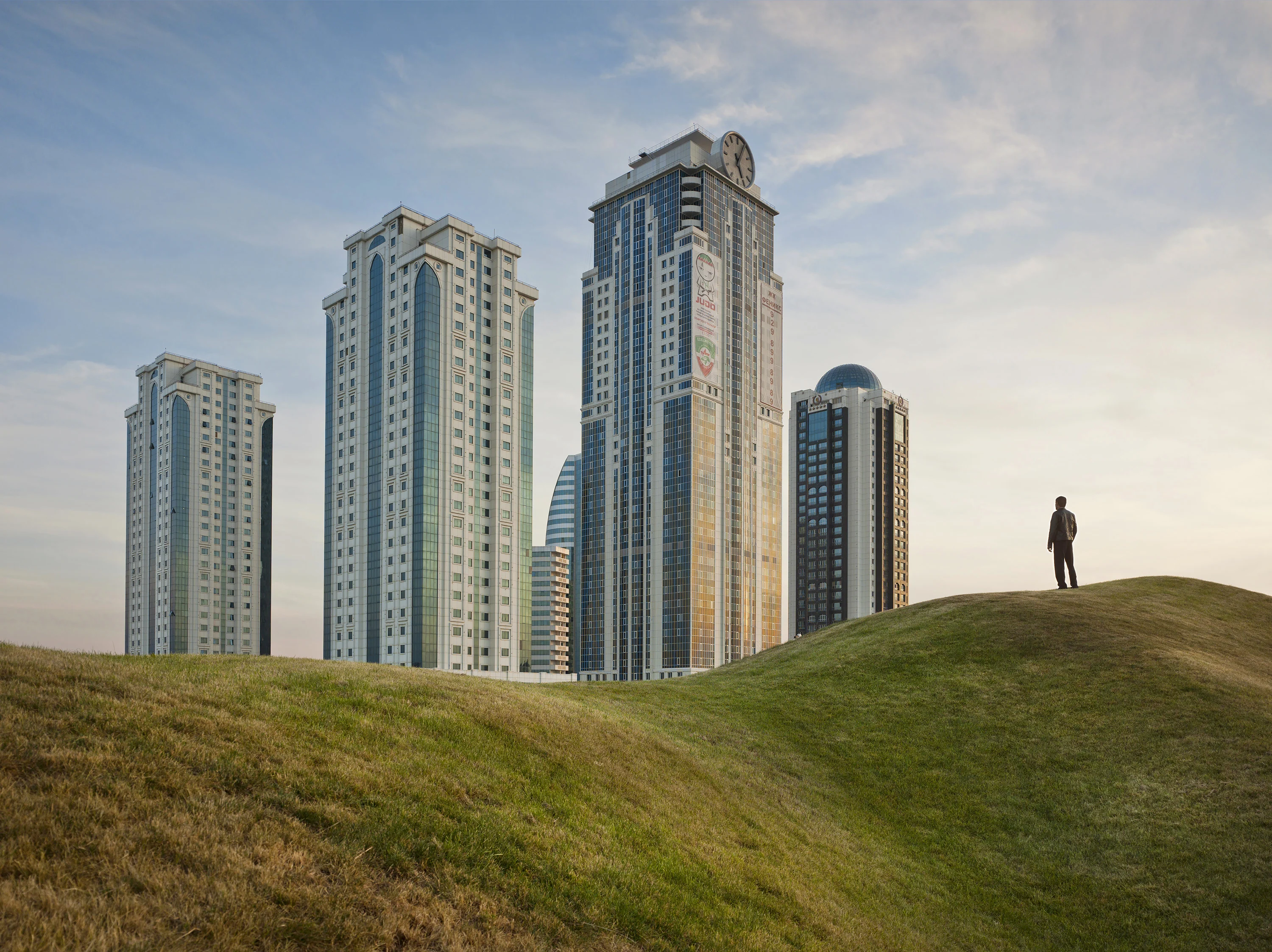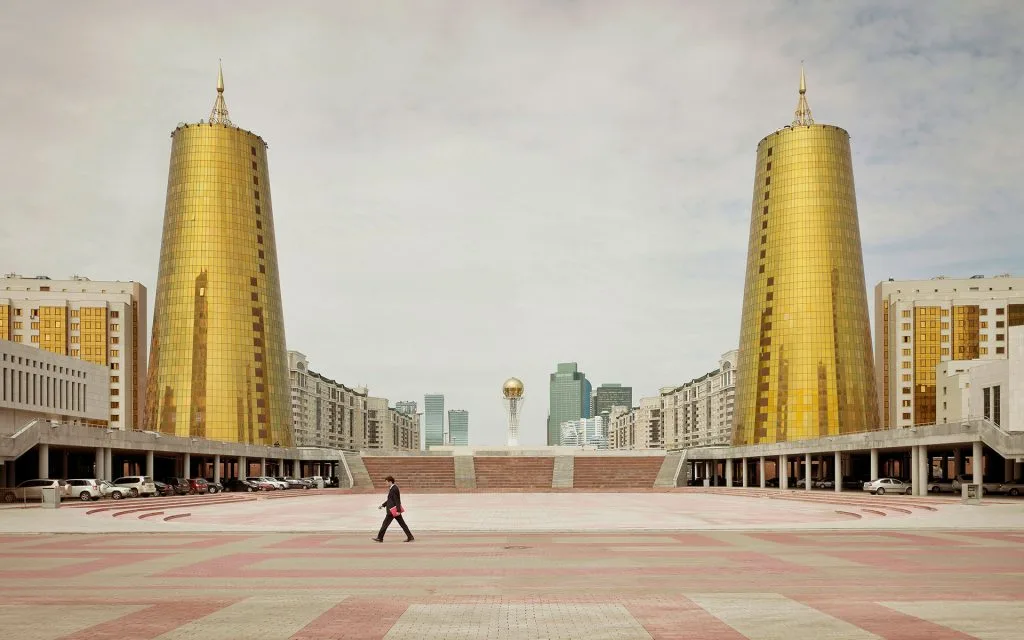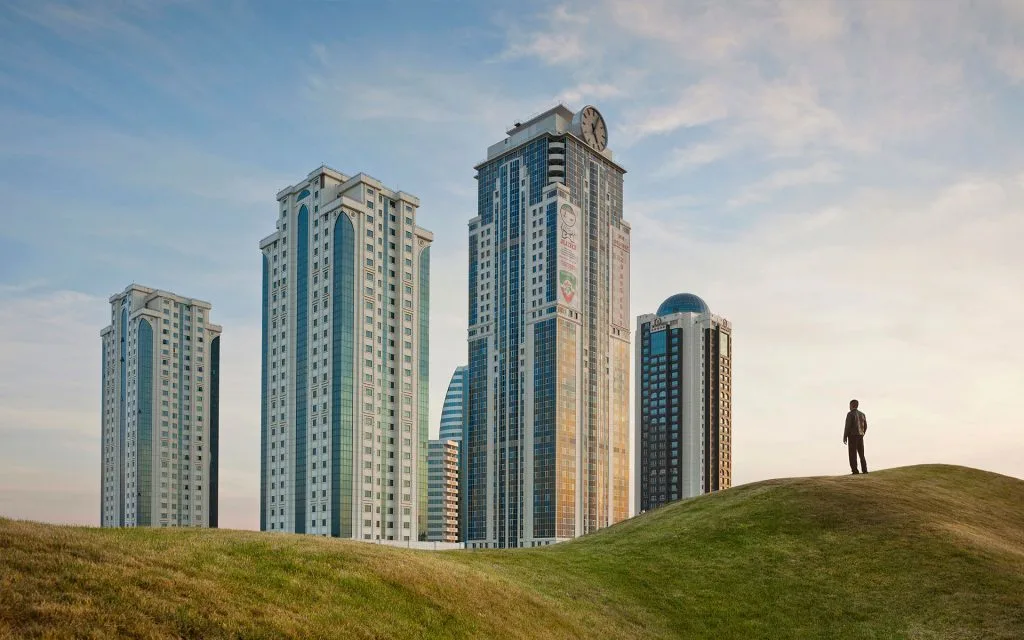

Throughout his life, Frank Herfort has been drawn to Russia. As a schoolboy growing up in Soviet-controlled East Germany, his schoolbooks created a worldview that revolved around Moscow. Later as he started his career in photography assisting other image-makers, he was taken on a shoot to Siberia for Stern magazine. Later still, while on a photography scholarship in London, a friend living in Moscow turned his head with stories of living and working in Russia. Frank dropped his studies, left the UK and went east.

“I was a bit bored and I wanted something completely new,” Frank explains. He spent two months in Moscow, returned to Germany to finish his studies and then went back to Russia.
“It was really crazy, interesting and inspiring time. It wasn’t like New York or London. When I was doing my first jobs in London, it was horrible to try and get a meeting, and even if you got one you couldn’t guarantee you’d be meeting the person you wanted to. I was a little frustrated. Moscow was completely different and everyone opened the door for me – I felt much more comfortable there.”

Alongside his busy calendar of commissions, Frank also set about creating his own series such as Imperial Pomp, a strange and unsettling collection of some of eastern Europe’s most modern buildings. Shot across Russia, Turkmenistan, Kazakhstan and Azerbaijan, the series includes famous landmarks like starchitect Zaha Hadid’s Cultural Center in Baku as well as a host of lesser-known but no less interesting structures.
Tellingly though, Frank does not see himself as an architectural photographer. Instead he uses it as a way of telling wider stories about culture and society.
I’m always looking for the images – it’s not about me looking for a certain type of architecture, I use architecture as a composition for the images.
“I’m always looking for the images – it’s not about me looking for a certain type of architecture,” he says. “I use architecture as a composition for the images.” Take the Red Sails Towers in Moscow, which was built in 2001. Frank was drawn to it for aesthetic reasons – “it has these antique elements and at the time you have these glass rooftops or a golden facade, which was a really strange combination.” But he is also interested in it as a monument to the sometimes incoherent ambitions of post-Soviet Russia.

Frank often includes passers-by in his photographs to contextualise these buildings with the people who live and work in their shadows. He is influenced by the Reinhart Wolf, a German photographer who shot famous pictures of New York City skyscrapers, and set out to take portraits of buildings in the same way one might shoot people. But unlike Wolf, Frank wants to go beyond that. “I realised it’s much more important to add the environmental atmosphere, to see the contrast between the buildings and the people around them. I spend a lot of time around these buildings, to find a special situation.”
Although his photographs have gone down well with most audiences, Frank admits that in Russia itself the reactions to the buildings he shoots are more complicated. Some people seem a bit embarrassed by them, but for others they are bombastic symbols of Russia on the rise.
“For me, they are kind of a signal or scream to say, ‘Hey, we are here!’ I found I could show Russia through these buildings.”



